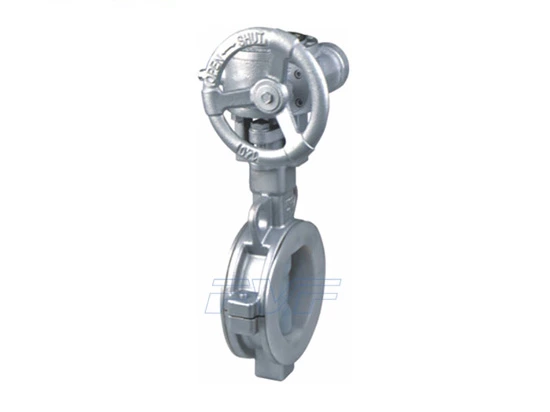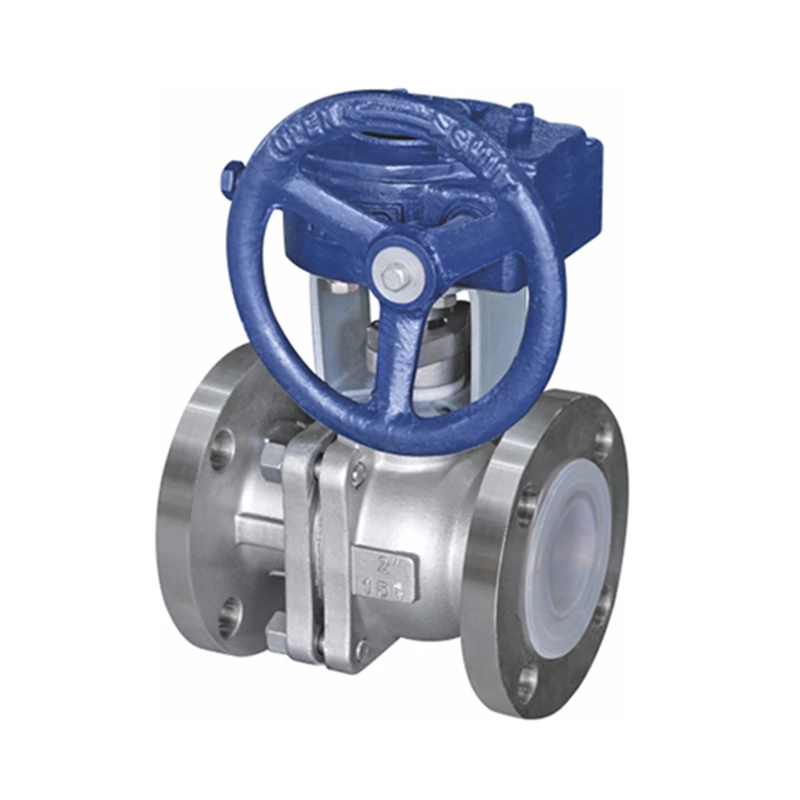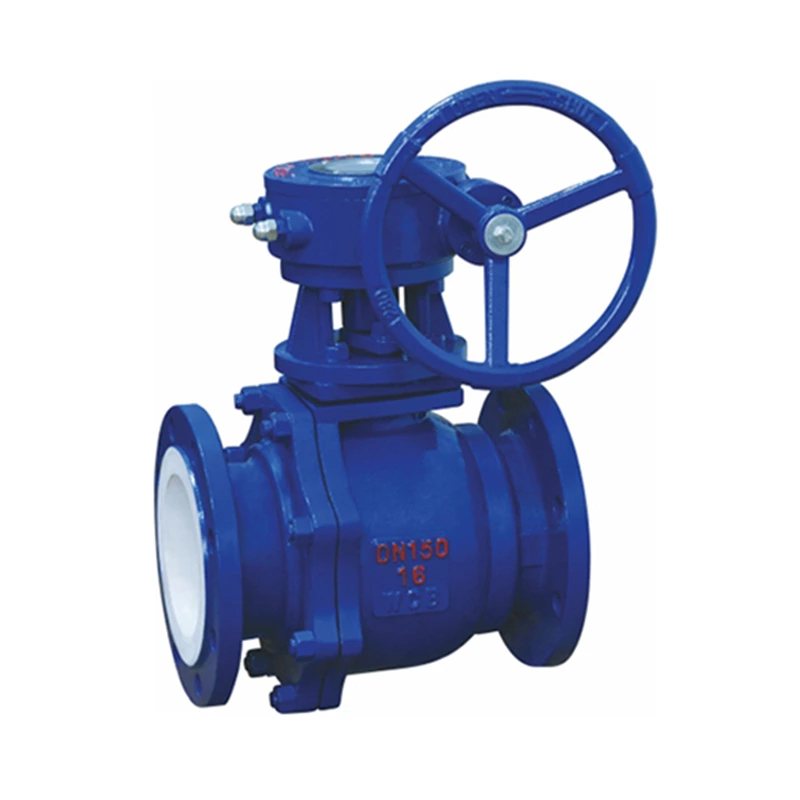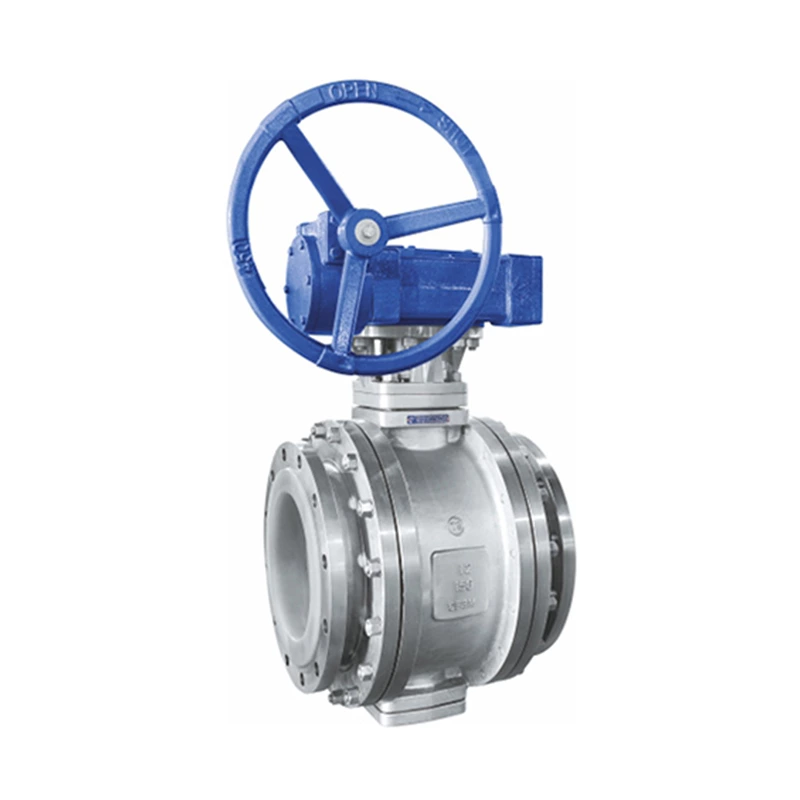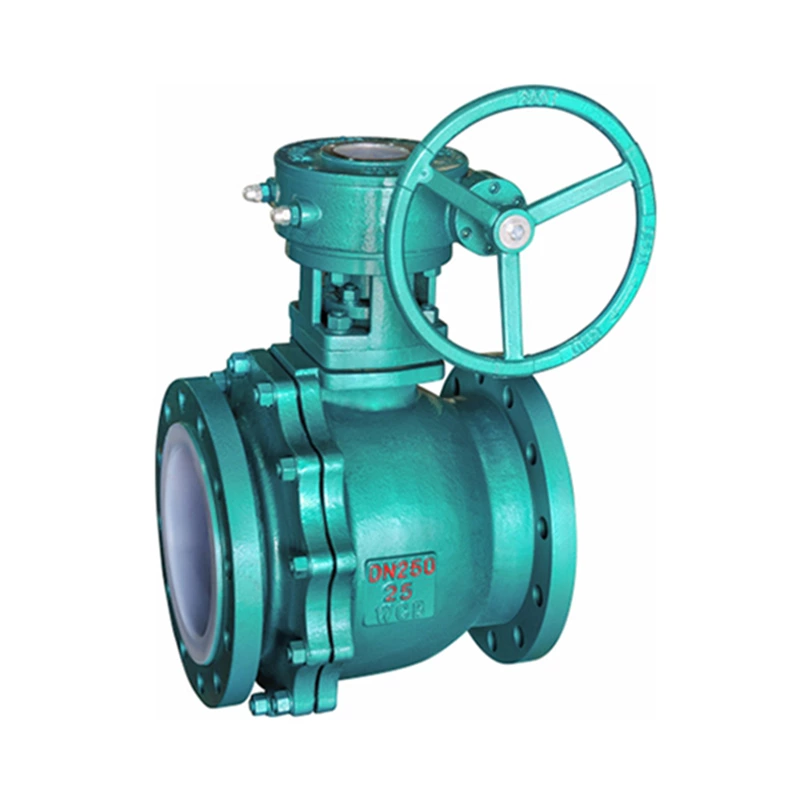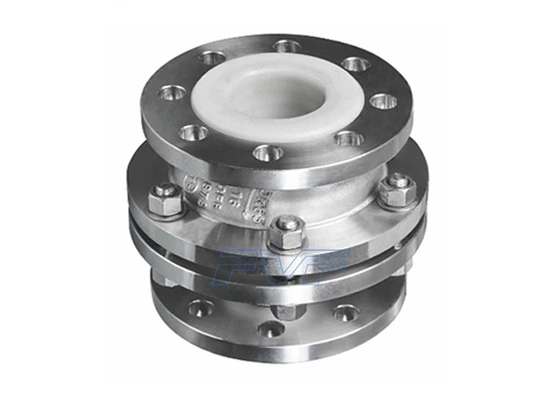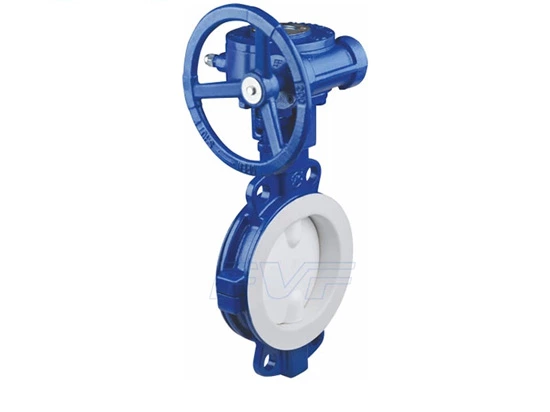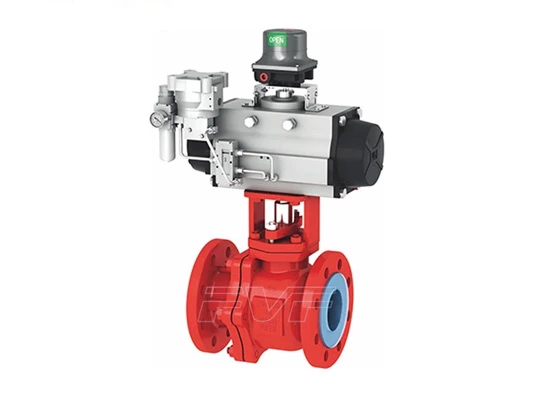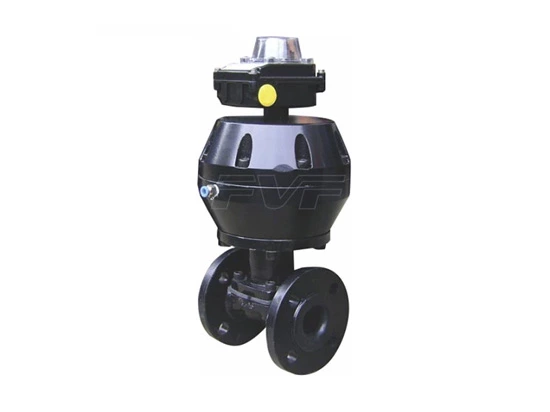Treatment Methods For Leakage Of High And Medium Pressure Butterfly Valves
Leakage of Lined Butterfly Valve is a common problem, but in some important system equipment, once leakage occurs in high and medium pressure butterfly valves, it will affect industrial production and even endanger the safety of people's lives and property. The high and medium pressure butterfly valves in power stations are connected to the main and auxiliary equipment and systems of power stations, and their importance is self-evident. The following analyzes several methods for dealing with leakage of high and medium pressure butterfly valves in power stations:
1. Leakage of high and medium pressure butterfly valve packing
The valve stem and packing will form a state of movement with each other, which will be reflected in the use of high and medium pressure butterfly valves. The more times the high and medium pressure butterfly valves are switched, the more movement will occur. In addition, the effects of temperature, pressure, etc. will greatly increase the possibility of leakage of high and medium pressure butterfly valve packing. During this period, the pressure of the packing will gradually decrease, thus aging, and elasticity will no longer exist. The pressure medium will leak out from the contact gap between the packing and the valve stem. If this problem is not properly solved, as time goes by, the problem of seasoning blowing away and the valve stem being out of the groove will be formed, making the leakage surface larger and larger.
2. Flange leakage
There are often more than one reason for flange leakage, such as insufficient compression of the sealing gasket, a certain distance difference between the roughness of the mating surface and the requirement, and deformation of the gasket, which results in the sealing gasket and the flange not being in full contact and a gap, and leakage occurs. At the same time, the reasons for the poor sealing of the flange surface include deformation or elongation of bolts, aging of gaskets, decreased resilience, cracking, etc., which can also cause leakage. In addition, human factors are also aspects that require special attention in flange leakage. In addition, the valve body can also cause leakage problems. Due to space limitations, I will not go into details here.
3. Methods for dealing with external leakage of high and medium pressure butterfly valves in power stations
Pressure plugging treatment of packing chamber leakage
There are also many ways to deal with external leakage of high and medium pressure butterfly valves in power stations. Among them, the safest one is the injection-type pressure plugging technology, which has been concluded in more detail. This method uses a special fixture and a hydraulic injection tool to inject the sealant into the sealed cavity formed by the fixture and the outer surface of the leakage part. The effect of remedying the leakage defect is better and the time used is relatively short. When the injection pressure exceeds the pressure of the leaking medium, the leakage will be forced to stop, and the injection will be transformed from a plastic to an elastomer. At this time, the sealing structure has a certain elasticity, and there is also a certain working sealing pressure ratio. The secondary seal is finally formed, which undoubtedly increases the good sealing performance. The following two types of sealing injections are widely used and promoted in my country today: (1) Heat-curing sealing injection. The use of this injection needs to meet certain conditions, that is, temperature. When the temperature reaches a certain level, the injection is an elastomer, generally a solid. (2) Non-heat-curing sealing injection. Its application range is very wide. It can be operated under various temperature conditions and can be installed in high-pressure injection guns. It has good injection and filling properties, and the switching function of high- and medium-pressure butterfly valves can also be well preserved. When the wall thickness of the high- and medium-pressure butterfly valve stuffing box is more than 8 mm, the injection hole can be directly set on the wall of the high- and medium-pressure butterfly valve stuffing box to deal with the leakage problem by using injection pressure. The sealing cavity is the stuffing box of the high- and medium-pressure butterfly valve itself. The role that the sealing injection can play is the same as that of the stuffing. Find an appropriate position to drill a hole with a diameter of 10.5 mm or 8.7 mm on the outer wall of the high and medium pressure butterfly valve stuffing box. It should be emphasized here that this hole must not be drilled through, and the distance left should be between 1-3 mm. Pull out the drill bit and tap with an M12 or MIO tap. When this work is completed, tighten the special plug valve for injection. The valve should be in the open state. Then choose a long-stem drill bit with a diameter of 3 mm. The purpose is to drill through the remaining high and medium pressure butterfly valve stuffing box wall. The leak will be ejected in the direction of the drill bit. There is a certain danger when drilling, mainly because the temperature or pressure is too high or the toxic substances ejected will bring certain harm to the staff, which may hurt people at the least or threaten life safety at the worst. Therefore, this must not be ignored. Using a baffle before drilling is a better control method.
Copper wire containment method for pressure plugging of flange leakage
The scope of application of this method is the pressure plugging of the two flanges with small gaps, uniform gaps, and low leakage medium pressure. The special injection joints for bolts are placed on the removed bolts. Two are lower and should be greater than two. When installing the injection joint, do not tighten all the nuts, but loosen one. After installing the injection joint, tighten the nut immediately and install other injection joints. It should be emphasized here that the required joint nuts cannot be loosened at the same time, because it will reduce the sealing pressure on the gasket, increase the leakage, and in severe cases, the leaked material will blow away the gasket. If this happens, it will be difficult to have remedial measures and the loss is inestimable.
Pressure plugging treatment of valve body leakage
1. Bonding method
If it is a sand hole with pressure medium and small leakage, you can first grind the metal luster around the leakage point, and then use the tapered pin to aim at the leakage point and drive it in with appropriate force, mainly to reduce leakage or temporary plugging. The adhesive cures quickly, and this feature can be used to apply adhesive around the pin to form a new solid sealing structure, which can stop leakage to a certain extent. If the medium pressure is high and the leakage is large, sealing operations can be performed by using a top-pressing tool. During the operation, the top-pressing mechanism is fixed on one side of the high- and medium-pressure butterfly valve, and the top-pressing screw is pressed at high speed to make the axial direction of the top-pressing screw face the leakage point. The top-pressing screw is rotated, and the rivet at the end of the top-pressing screw is tightly pressed on the leakage part. This is also an effective way to stop leakage. If the top of the rivet is smaller than the area of the leakage point, a soft metal sheet can be placed under the rivet. When the leakage stops, the metal surface around the leakage point should be cleaned in time.
2. Welding method
If the leakage medium pressure of the valve body is low and the leakage is small, a nut with an inner diameter more than twice that of the leakage point can be used, so that the leakage medium can flow out of the nut. The nut is welded to the valve body, and a bolt of the same specification as the nut is installed. A rubber pad or asbestos pad is placed at the bottom of the nut, and the top of the bolt is wrapped with raw tape and screwed into the nut. This can effectively reduce the occurrence of leakage. If the leakage medium pressure of the valve body is high and the leakage is large, then the drainage welding method is a better method. First, use an iron plate with a round hole in the middle, weld an isolation valve with a diameter equivalent to the round hole to the round hole of the iron plate, open the isolation valve, align the center hole of the iron plate with the leakage point and fit it to the valve body, so that the leakage medium can flow out through the center hole of the iron plate and the isolation valve. In the case of poor fitting surface, a rubber or asbestos pad can be placed on the fitting surface, and then the iron plate and the valve body are welded around, and then the isolation valve is closed. In this way, the sealing effect that can be achieved is also better.
